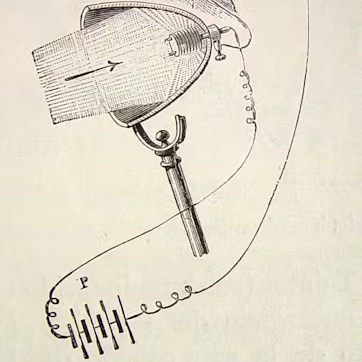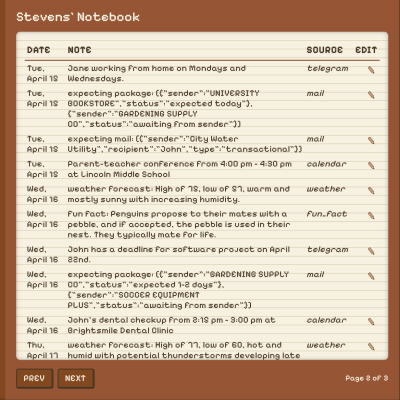The General Instruments AY-3-8910 was a quite popular Programmable Sound Generator (PSG) that saw itself used in a wide variety of systems, including Apple II soundcards such as the Mockingboard and various arcade systems. In addition to the Yamaha variants (e.g. YM2149), two cut-down were created by GI: these being the AY-3-8912 and the AY-3-8913, which should have been differentiated only by the number of GPIO banks broken out in the IC package (one or zero, respectively). However, research by [fenarinarsa] and others have shown that the AY-3-8913 variant has some actual hardware issues as a PSG.
With only 24 pins, the AY-3-8913 is significantly easier to integrate than the 40-pin AY-3-8910, at the cost of the (rarely used) GPIO functionality, but as it turns out with a few gotchas in terms of timing and register access. Although the Mockingboard originally used the AY-3-8910, latter revisions would use two AY-3-8913 instead, including the MS revision that was the Mac version of the Mindscape Music Board for IBM PCs.
The first hint that something was off with the AY-3-8913 came when [fenarinarsa] was experimenting with effect composition on an Apple II and noticed very poor sound quality, as demonstrated in an example comparison video (also embedded below). The issue was very pronounced in bass envelopes, with an oscilloscope capture showing a very distorted output compared to a YM2149. As for why this was not noticed decades ago can likely be explained by that the current chiptune scene is pushing the hardware in very different ways than back then.
As for potential solutions, the [French Touch] project has created an adapter to allow an AY-3-8910 (or YM2149) to be used in place of an AY-3-8913.
Top image: Revision D PCB of Mockingboard with GI AY-3-8913 PSGs.
Continue reading “Something Is Very Wrong With The AY-3-8913 Sound Generator”



















